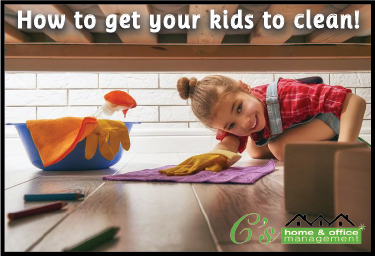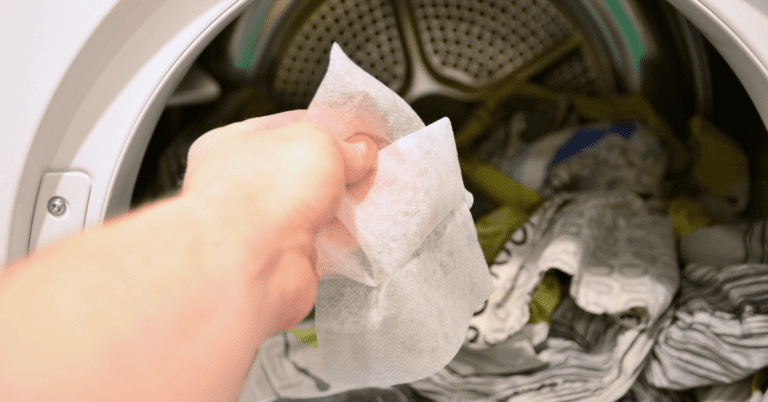8 Tips To Dust Your Home: Win The War On Dust Bunnies
https://cshomemanagement.com/natural-allergy-remedies-essential-oils/Whether you live in a large home or a small apartment, dusting can be overwhelming. Those pesky dust bunnies multiply faster than rabbits and can take over the entire house!
Luckily, there are some simple and effective ways to win the war on dust. Let’s look at eight tips and tricks to help you keep your home clean and free of dust.
1. Always Dust From Top To Bottom
If you want to clean dust like a pro, the most important step is always dusting your home from top to bottom.
Start cleaning by removing dust from the high shelving, furniture tops, windowsills, and baseboards. This will help keep the dust from settling in places you’ve already cleaned.
Then move on to mid-level dusty surfaces you would dust regularly, such as chairs and tables. While you are at it, if your wood furniture is dry, you can use a nourishing polish such as Earth Friendly Products Furniture Polish. This will clean and revitalize your wood furniture at the same time as removing the dust properly. You don’t need to use the polish every time as it can leave a film behind if overused.
Finally, you can tackle low-lying surfaces like hard floors and carpeted areas. This layered approach will ensure that no surface area with dirt or dust is left untouched!
2. Damp Cloth Dusting Will Always Beat Dry Dusting

If you really want to get rid of that pesky dust, it’s best to use a slightly damp cloth. Specifically, you should use damp microfiber cloths or mop heads rather than dry cloths to remove dust.
The moisture on the microfiber cloth will help attract and trap particles of dust, animal dander, and pet hair and keep them stuck to the fabric until they can be wiped away. This will ensure a thorough cleaning every time!
When you are finished dusting, you can wash your microfiber cloth with hot water and let it air dry. Do not use fabric softener when cleaning your microfiber cloth.
3. Clean Hard-To-Reach Areas With A Vacuum (or a Swiffer Extender)
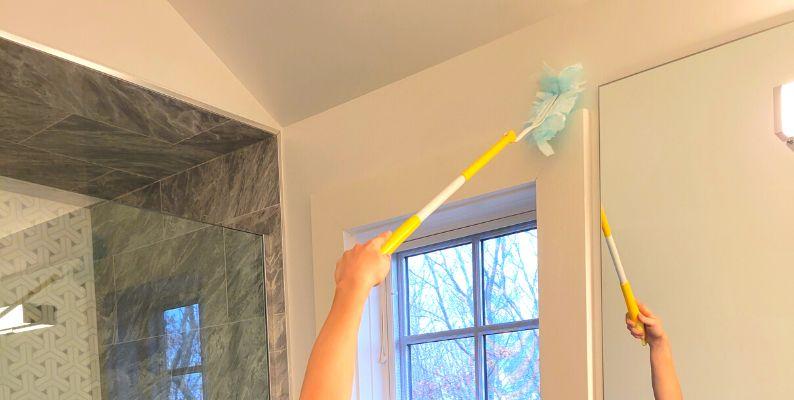
Excess dust can collect in hard-to-reach places, such as air vents, radiators, window sills, and door frames. To clean these areas, you can use a vacuum cleaner with the appropriate vacuum or brush attachment. Vacuuming will ensure that the dust is sucked away and won’t settle back into your home.
Sometimes getting at those hard-to-reach areas can be a real challenge – unless you have the right tool for the job. So say goodbye to the feather duster and all those other awkward dusting tools. The Swiffer Extender is a handy tool we like to use to remove dust that will reach those areas of your home that are either too high or too difficult to clean.
4. Get Into All The Nooks And Crannies
Dust bunnies hide in tough spots like behind furniture, inside closets and drawers, under the bed, and in the corners of rooms. Make sure you don’t skip these hard-to-reach areas when dusting your home!
Let’s discuss a few of these culprits.
Fabric Lamp Shades
Fabric lamp shades on your light fixtures collect more dust than you think. You should remove dust from shades with a HEPA filter vacuum periodically—we recommend once a month. This will help keep particles in the air down.
Once the lampshade is clean, you can rub a dryer sheet, new or used, on the shade. When you turn the light on, the scent will be dispersed throughout the room. The dryer sheet will also help prevent dust from landing on the shade.
Ceiling Fans

Use your Swiffer Extender to clean your ceiling fan blades during your weekly cleaning routine. Depending on how often you use your fan, you should also damp wipe them seasonally—this may mean once a month during the summer. The more use the fan gets, the more the dust builds up.
Behind The Washer and Dryer
Vacuuming behind your washing machine and dryer is very important for dust control, especially if you are doing laundry as much as I am! Dryer lint gets into any nook and cranny it can. So try to vacuum your laundry room as part of your regular cleaning routine to keep as much dust under control as possible.
Inside Closets and Under Closet Doors
When vacuuming, don’t forget inside the closets. The space between the door and the floor is a great escape plan for dust bunnies when you vacuum. They love to hide in corners and behind shoes! So try to keep the floor of your closet as clear as possible so that you don’t have to move too many things when vacuuming.
5. Use Essential Oils As A Natural Air Freshener

Not only do essential oils smell wonderful, but they also help neutralize odors caused by pets, cooking fumes, etc.—all things that can contribute to more dust in your home over time.
Add a few drops of your favorite scent, such as lavender or peppermint essential oil, to a diffuser; it will help kill bacteria in the air and absorb small particles of dust.
6. Change Your Air Filters Regularly
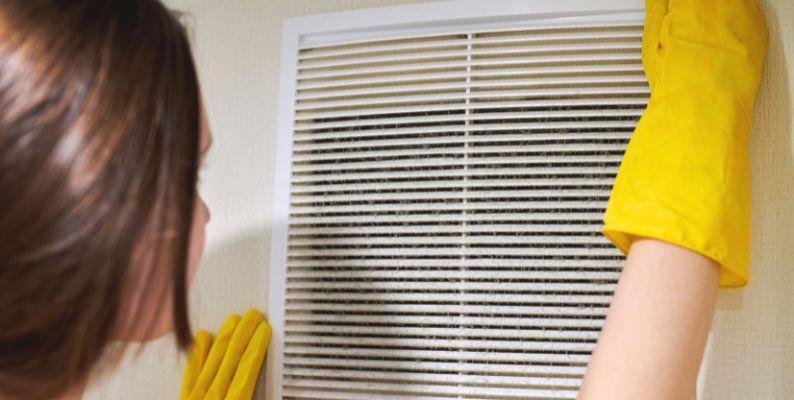
Dirty air filters in your HVAC system can make your home dusty, so it’s essential to keep them clean and change them regularly. Check your filter every few months or as often as the manufacturer recommends to keep dust levels low.
Fortunately, this is an easy and affordable task – all you need to do is find out which size filter your system needs and buy replacements. A clean filter will help prolong the life of your HVAC system by catching dust and debris before they reach your unit. Not only does this make your system run more efficiently, but it can also cut down on energy costs – saving you money in the long run!
7. Invest In A Quality Air Purifier
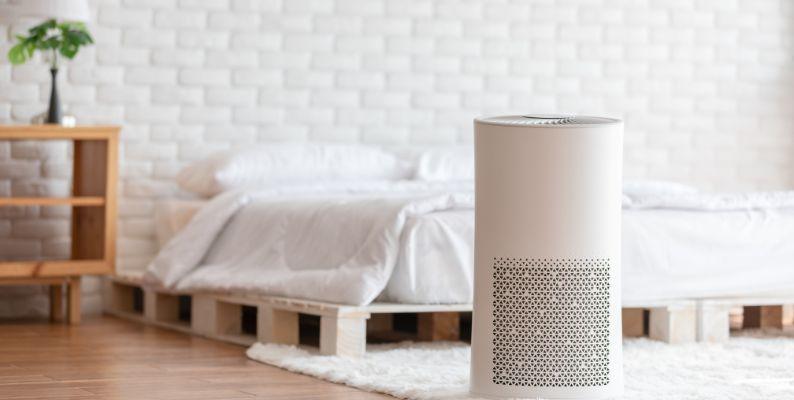
Breathing clean air is essential to our health and well-being, but many of us don’t realize that the air inside our homes isn’t always as clean as we’d like it to be. Pollutants found in the air, such as dust mites, pollen, pet dander, and even smoke, can make us sick – but thankfully, an air purifier can help alleviate these issues.
Some major benefits of using an air purifier are improved air quality, cleaner air for allergy and asthma sufferers, reduced dust buildup in furniture and carpets, improved sleep quality, and energy savings due to less need for heating/cooling because of a cleaner environment.
8. Cut Down on the Clutter to Reduce Dust

Too many knick-knacks can really kick up the dust in your home! The solution? Cut out the clutter – or at least shift it out of the way. Getting rid of unwanted trinkets, knick-knacks, and other unnecessary items can help reduce dust buildup significantly. If you can’t bear to part with your angel collection, consider storing them in one location instead of scattering them across multiple surfaces. In no time, you’ll be breathing easily (and free from dust!).
FAQs On Household Dust
Q. Can the dust in my home be harmful to my health?
A. Dust can cause several health problems, including allergies, asthma attacks, and fatigue. In addition, long-term exposure to dust particles poses risks for developing certain kinds of cancer. Dust particles can also aggravate respiratory issues such as COPD, causing even more difficulty in breathing. Additionally, dust mites can be an issue in homes where their droppings are inhaled, leading to allergic reactions and other respiratory issues. Therefore, it’s important to take steps to reduce the amount of dust in your home to protect your health.
Q. What are dust mites?
A. Dust mites are microscopic creatures related to ticks and spiders that live in household dust. While they may not be visible, these mites can cause severe allergic reactions in people with allergies or asthma. Dust mites feed off the dead skin cells shed by humans, animals, and insects, meaning they thrive in areas with a lot of moisture and humidity, like mattresses, carpets, furniture, and beds.
Q. Should I dust my home every day?
A. While dusting your house daily can help reduce the dust in your home, it is not necessary for most households. However, depending on the level of air pollution, it is recommended that you dust your house at least once a week to help keep the air in your home clean. You should also vacuum regularly and remove dust from any upholstered furniture or fabrics that may be prone to collecting dust.
Final Thoughts About the Best Ways to Clean Dust
These eight simple tips can make a big difference in keeping your home clean and dust-free. Implementing even a few of these ideas into your cleaning routine will have long-term positive health effects and create an atmosphere of freshness and cleanliness in your home!
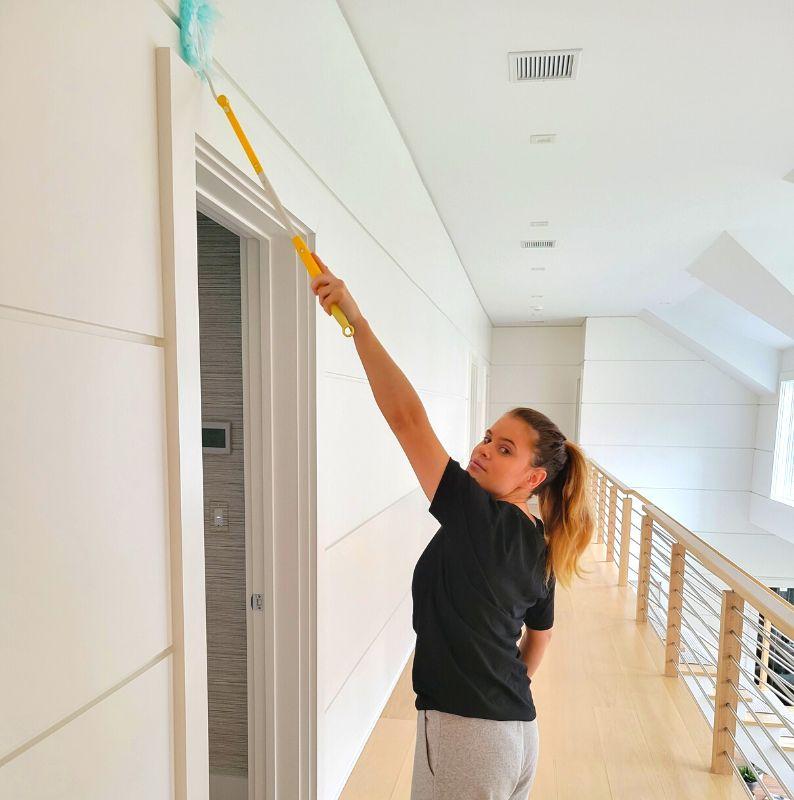
Want Help Tackling Your Dust Bunnies?
If you would rather be reading a good book instead of cleaning, give us a call or ask for a free house cleaning estimate.



